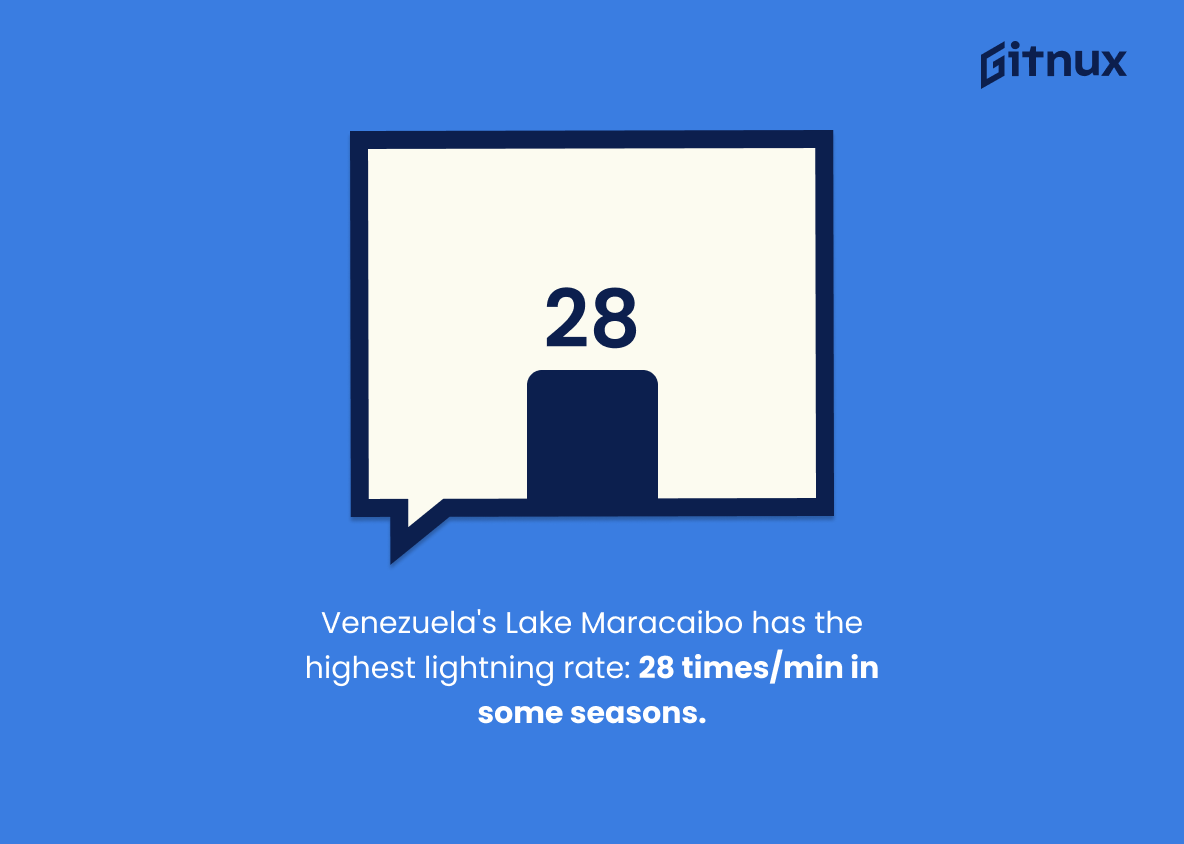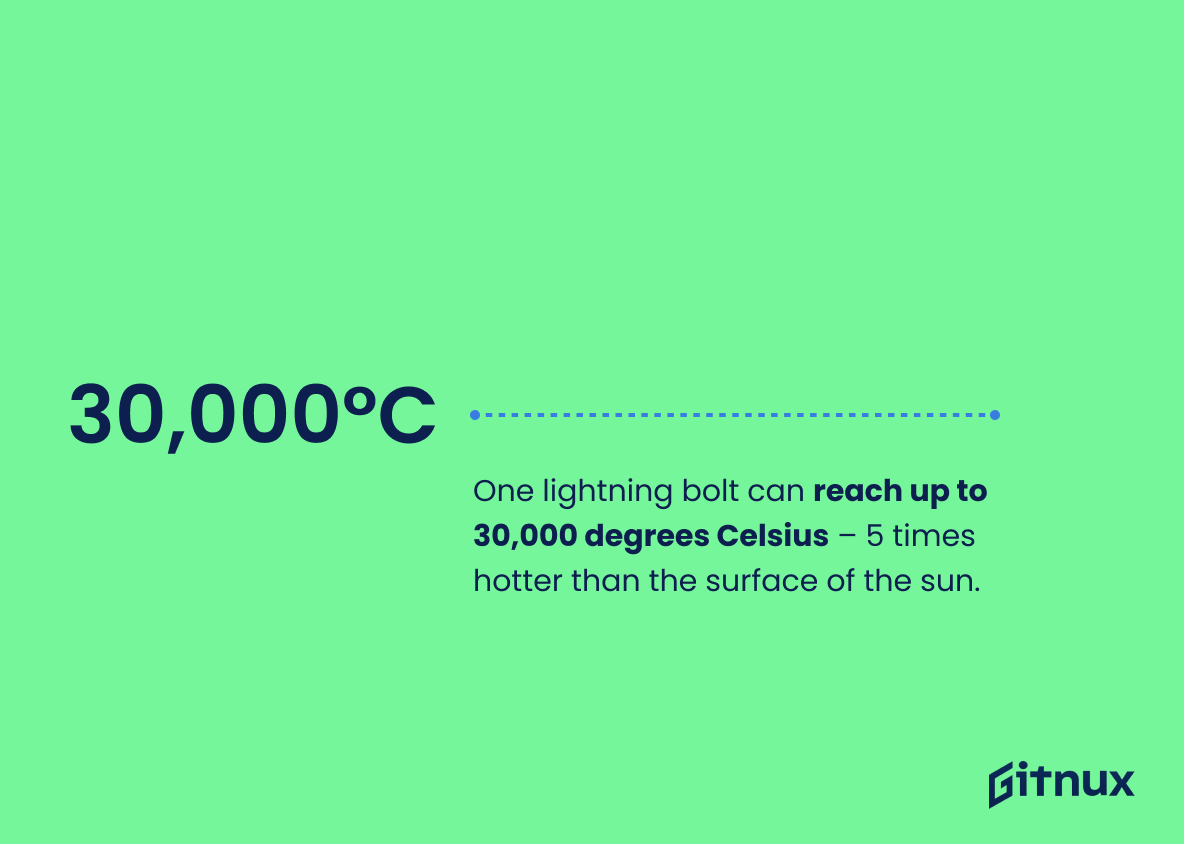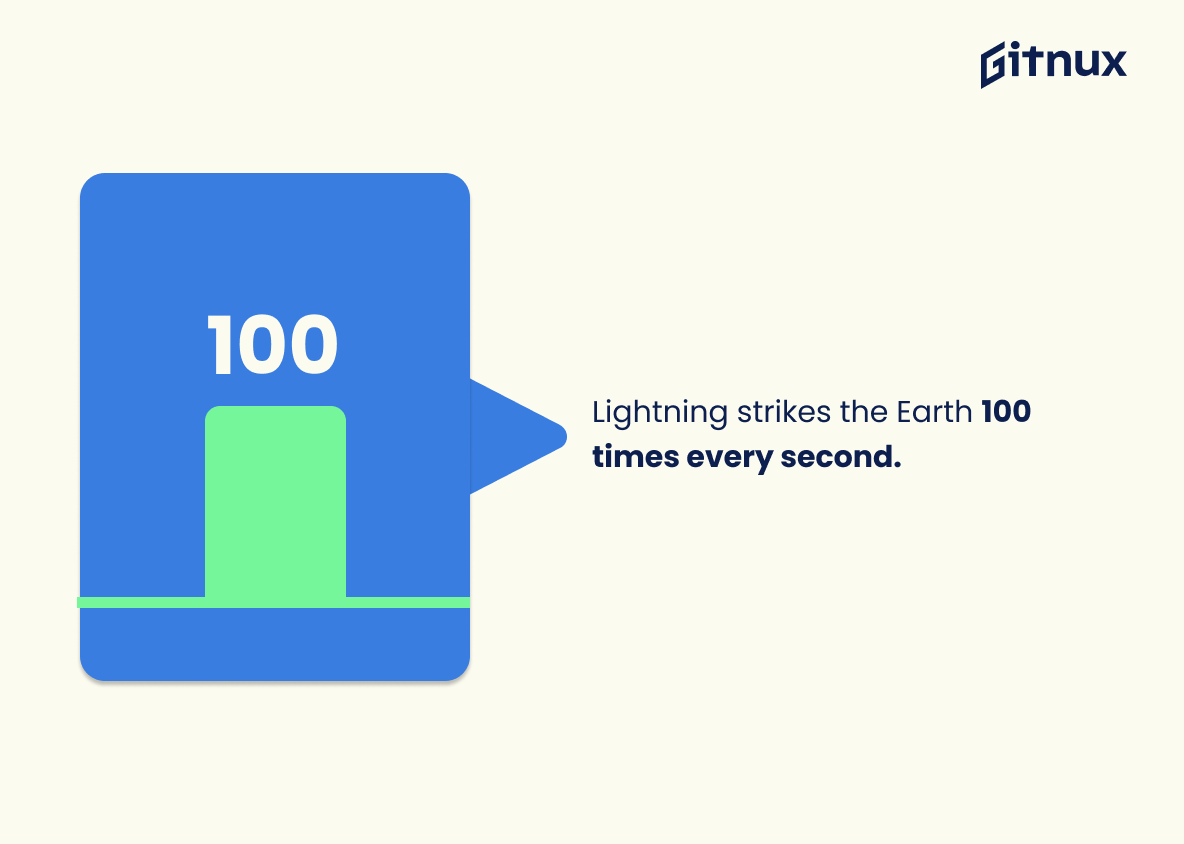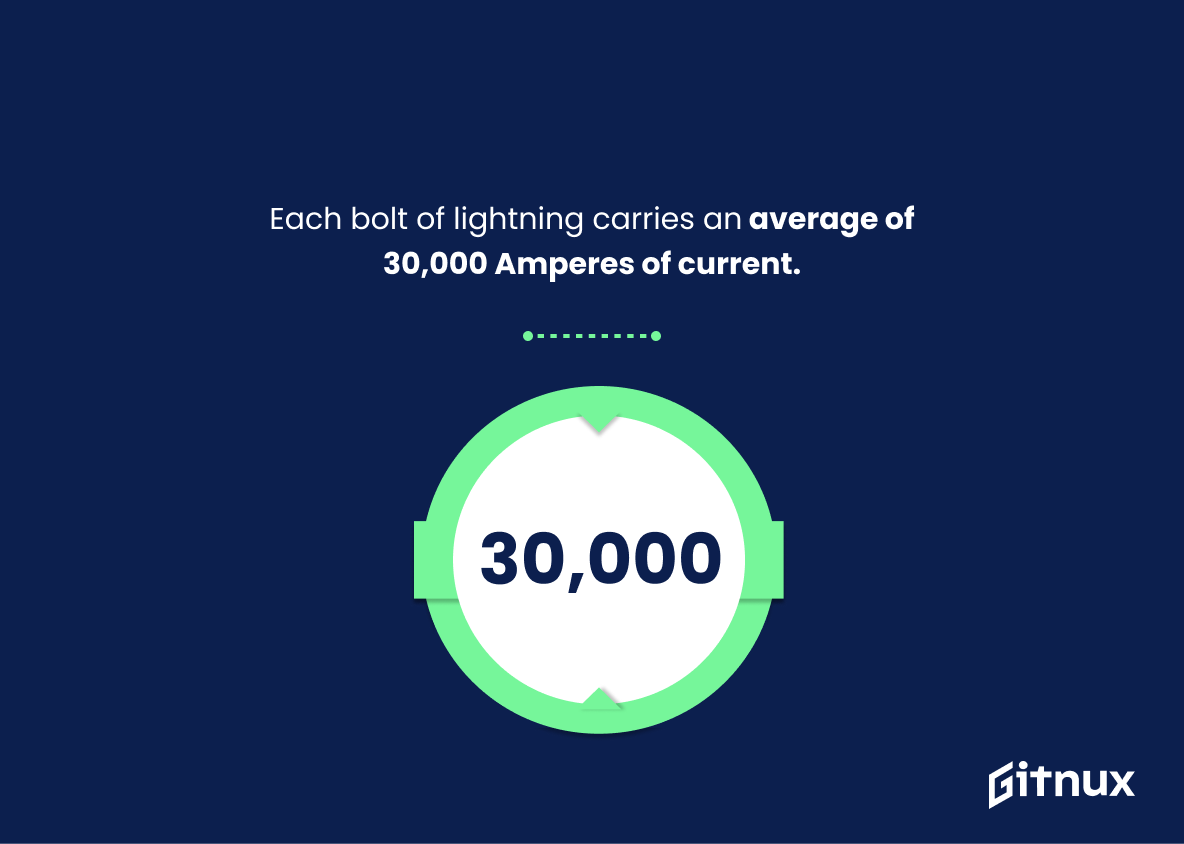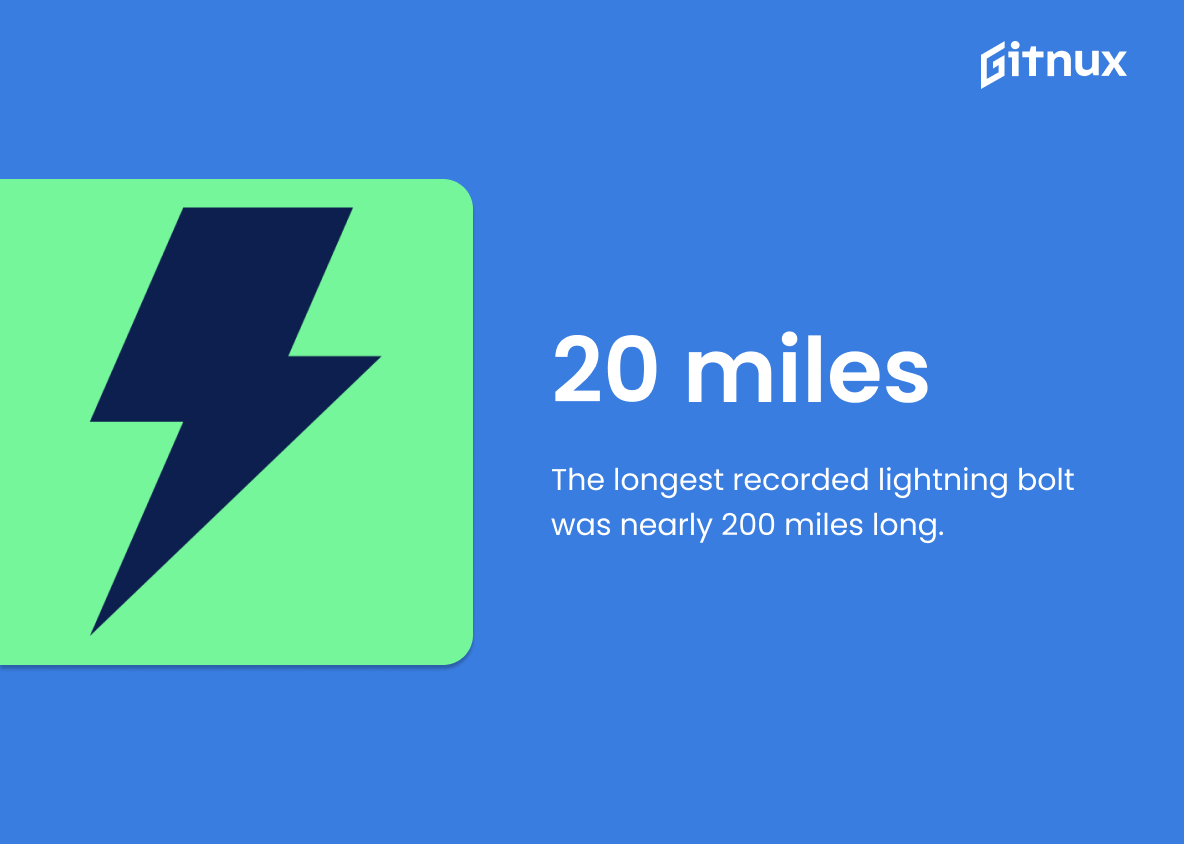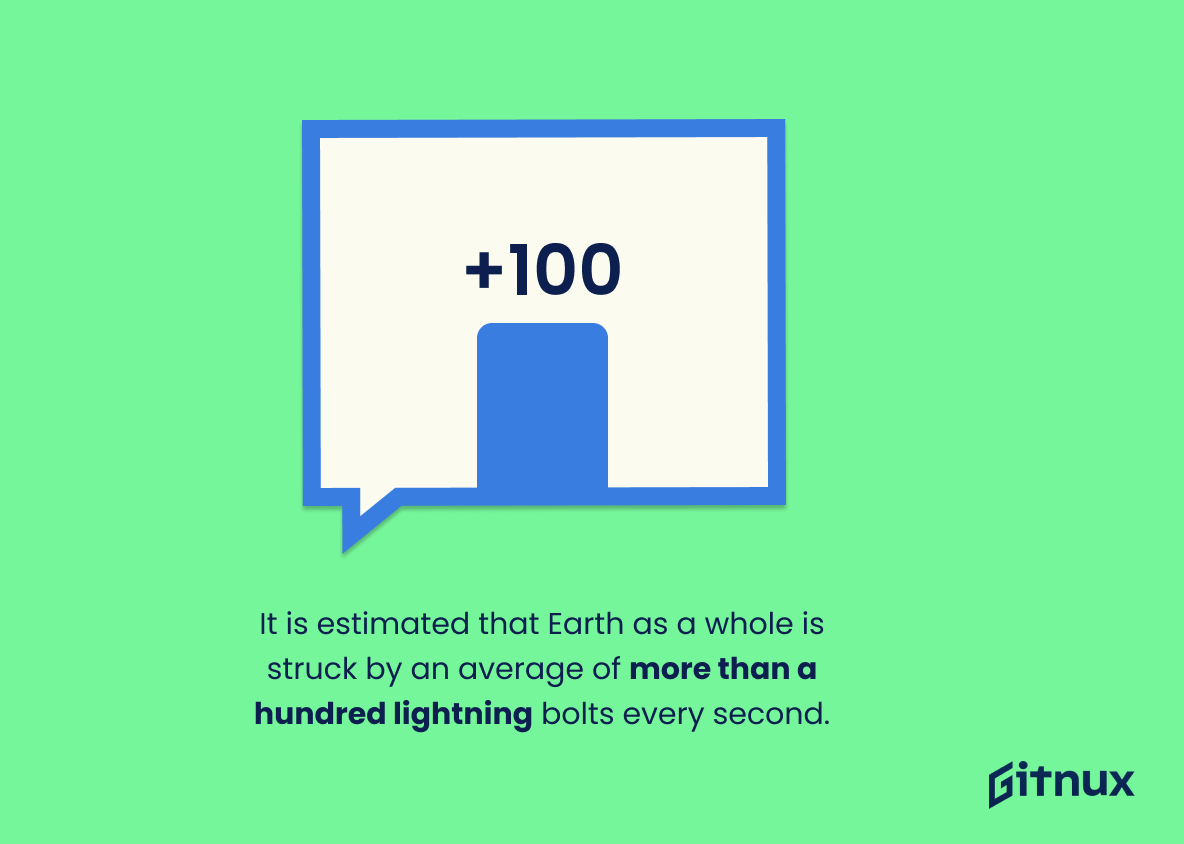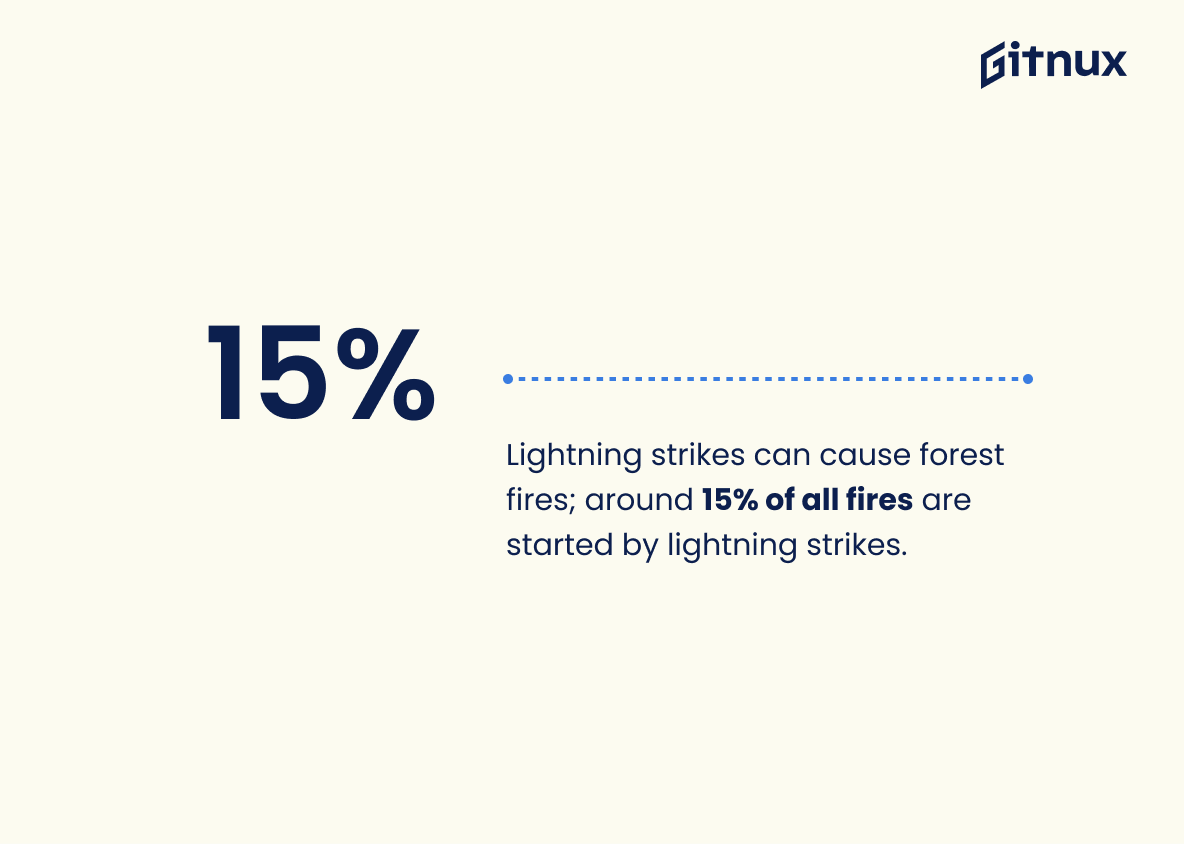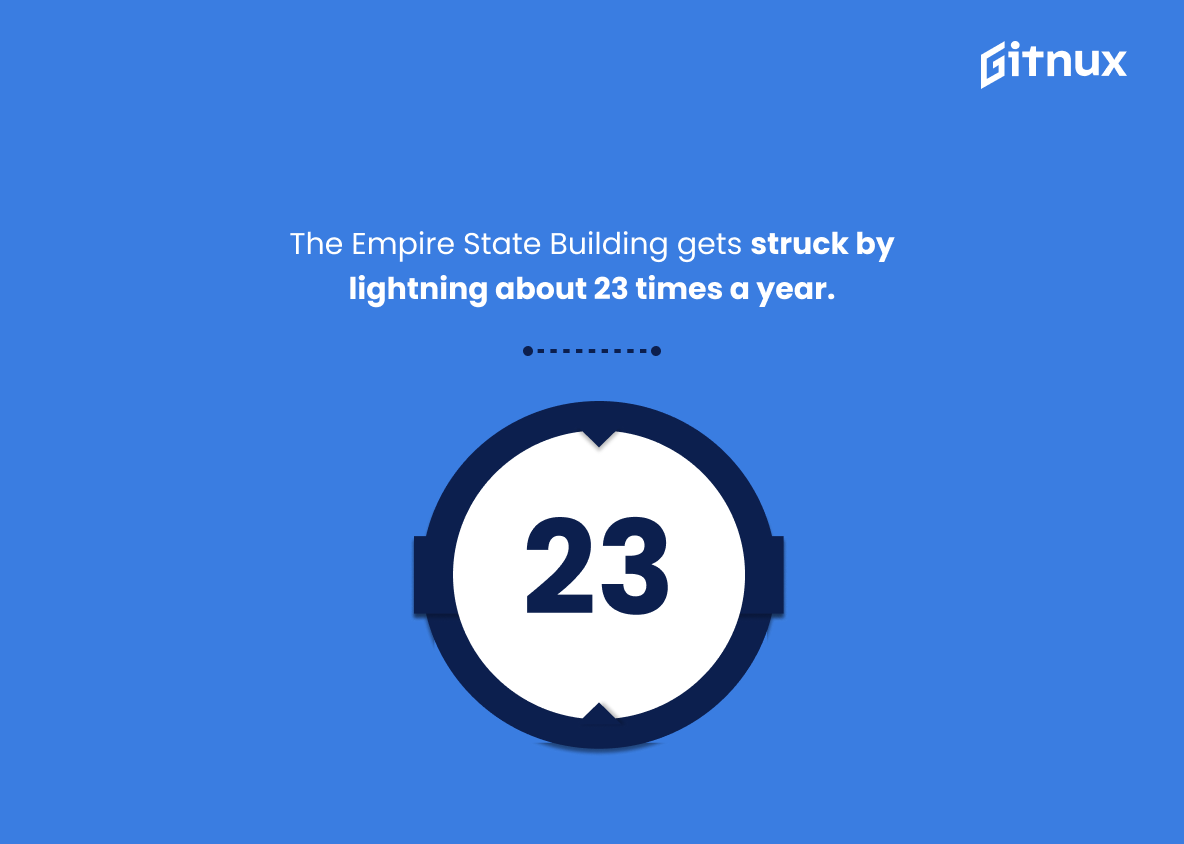When nature unleashes its power, it is a humbling reminder of our vulnerability. One such majestic yet terrifying display of this power is a lightning strike. Killers from the sky, they can strike anywhere, anytime, leaving a trail of destruction and awe in their wake. But did you realize just how often these natural spectacles occur and the significant role they play in the world we live in? This blog goes knee-deep into illuminating statistics about lightning strikes, providing insights into their frequency, location, impacts, and the science that drives them. Join us as we explore these electrifying facts and figures, shedding light on the true power of nature’s light show.
The Latest Lighting Strike Statistics Unveiled
The majority of lightning-related deaths are men (79%). Source: Centers for Disease Control and Prevention,
Unearthing insights from the hidden depths of data can often reveal surprising patterns. Consider, for example, the rather striking fact that the ratio of male to female lightning-related deaths is heavily skewed towards men—with a whopping 79% majority, according to the Centers for Disease Control and Prevention. These figures could serve to shed light in a blog post about Lightning Strike Statistics, enhancing understanding for the readers.
The significant gender disparity is an unexpected twist that not only grabs attention but also generates inquiry into why this may be the case, thereby stimulating a deeper interest in the topic. It could be an avenue to explore possible causal factors such as occupational exposure, recreational activities, or behavioral tendencies that lead more men than women to be in the wrong place at the wrong time during a thunderstorm. This empowers readers to make informed decisions, take preventive measures, and better understand the risks associated with lightning strikes.
Lake Maracaibo in Venezuela is the place with the most lightning strikes, with an average of 28 times per minute in certain seasons. Source: NASA,
In a blog post that revolves around Lighting Strike Statistics, the inclusion of the sheer spectacle of Lake Maracaibo in Venezuela provides a mesmerizing perspective. Often painted with the dance of lightning, the lake illuminates the immense degree of natural energies harnessed in these phenomena. According to NASA, this place witnesses an astounding average of 28 strikes per minute during specific seasons. This highlights the extreme end of the spectrum, emphasizing how vastly different regions display contrasting trends in lightning activity. Lake Maracaibo effectively serves as the vibrant, thunderous benchmark against which other locations are contrastively illustrated, offering readers a comprehensive understanding of global lightning patterns.
One lightning bolt can reach up to 30,000 degrees Celsius – 5 times hotter than the surface of the sun. Source: National Geographic,
In crafting a post about Lightning Strike Statistics, we are aiming to shed light on not only the occurrence and frequency of these phenomena, but also their immense power. The statistic shared, illuminating the fact that a single lightning bolt can attain temperatures of up to 30,000 degrees Celsius – dwarfing the surface heat of the sun by five times – serves as an electrifying representation of this might.
National Geographic, a leading source in the field, provides us with this incredible fact, juxtaposing the might of nature, as seen through a lightning bolt, with the familiar symbol of our sun, known for its own extreme heat. This revelation amplifies our understanding of the formidable energy embodied in each lightning strike, thereby underscoring the importance of precautionary measures and further study.
Such an invigorating statistic compels readers to acknowledge the sheer grandeur of natural forces and can spark a sense of awe, intrigue and respect for the power of lightning. By doing so, it increases reader engagement and promotes further exploration of the topic, demonstrating that statistics are not merely numbers and figures, but compelling storytellers in their own right.
Lightning strikes the Earth 100 times every second. Source: National Geographic,
In a blog post centered around Lightning Strike Statistics, the stat from National Geographic that lightning strikes the Earth 100 times every second is a metaphorical thunderclap, grabbing the readers’ attention. It projects the astounding rate at which these natural phenomena occur, putting into perspective the sheer frequency and randomness of lightning strikes. This statistic convincingly introduces the complex interchange between the Earth and nature in an electrifying fashion. Readers hence gain a quick understanding of the constant, commonplace yet powerful nature of these events, sparking curiosity about their patterns, impact, and implications, crucial in enhancing their engagement with the subject matter.
Each bolt of lightning carries an average of 30,000 Amperes of current. Source: National Severe Storms Laboratory,
Understanding the sheer power behind each bolt of lightning is a crucial facet in grasping the severity of lightning strikes. By quantifying the average current to 30,000 Amperes, readers can comprehend the destructive potential of these natural phenomena. This astronomical figure from the National Severe Storms Laboratory fuels appreciation for lightning’s raw force, helping to bring attention to the necessity of safety measures and practices during thunderstorms. Equipped with the knowledge of this energy magnitude, readers are more likely to acknowledge and respect the risk associated with lightning strikes, promoting awareness and potentially saving lives.
The longest recorded lightning bolt was nearly 200 miles long. Source: World Meteorological Organization,
Understanding the extent of lightning’s incredible range is fundamental in truly appreciating its potential impact and implications. With the revelation that an astounding bolt of nearly 200 miles was once recorded, as stated by the World Meteorological Organization, it underscores the sheer magnitude and extensive reach of a single bolt’s might. This piece of data firmly punches our preconceptions about lighting’s limitations and challenges us to reimagine the scale we associate with these natural phenomena. Not just a factoid, this testimony illuminates the inherent ambiguity of lighting strikes, thereby enriching the scope of topics covered in this blog post about Lightning Strike Statistics. It shows us there are always outliers and extreme cases that push the boundaries of what we thought was possible, even in the vast, volatile field of meteorology.
It is estimated that Earth as a whole is struck by an average of more than a hundred lightning bolts every second. Source: NOAA,
Imagine trying to grasp the spectacular energy unleashed in each lightning strike. Now, amplify that visualisation to envisage the Earth bathed in the awe-inspiring spectacle of over a hundred lightning bolts every second. This NOAA estimation offers us a grasp on the immense frequency and omnipresence of this natural phenomenon. In the context of Lighting Strike Statistics, it pivots our understanding from isolated incidents to a grand global scale, serving as a striking introduction that illuminates the reader’s perspective on the prevalence and power of lightning strikes. This makes the blog post more engaging, prompting the audience to see the larger picture, while also establishing a foundation for any discussion on the implications of such frequent lightning activity on anything from forest fires to electrostatic discharge in the atmosphere.
Lightning strikes can cause forest fires; around 15% of all fires are started by lightning strikes. Source: USDA,
Diving into the realm of lightning strike statistics uncovers a silent, crackling culprit behind the veil of numbers. A surprising perpetrator of destruction reveals itself – every seventh fire that roars through forests is not ignited from a forgotten campfire or a carelessly flicked cigarette butt, but by the wrath of the heavens itself. According to data sourced from the USDA, lightning is indeed responsible for roughly 15% of all forest fires. This striking revelation charges the readers with the knowledge of how unpredictable, yet impactful, natural phenomena can be, fostering a deeper comprehension and the vehement unpredictability of Mother Nature herself.
The odds that you will be struck by lightning in your lifetime is 1 in 15,300. Source: National Weather Service,
Employing a theatrical perspective, imagine life as a colossal lottery game where a ticket is our existence itself, and the prizes are myriad experiences we might encounter. Among the multitude of possible outcomes, highlighted by the National Weather Service, stands the rather electrifying fact: one out of every 15,300 players will be struck by lightning during their game of life.
This revelation significantly underscores the blog post’s theme about Lightning Strike Statistics, illustrating the relatively low yet non-negligible likelihood of one being struck by nature’s high voltage dart. Revealing, it can turn an otherwise abstract concept into a tangible reality for readers, pushing them to respect both nature’s whimsical power and their own vulnerability.
Such astonishing ‘lottery’ results bestow more weight upon the importance of understanding and respecting the force of lightning – be it for outdoor planning, infrastructure design, or even survival strategy.
In a nutshell, it puts not only the electrifying force of nature under the spotlight but also our potential place in its unpredictable trajectory.
The Empire State Building gets struck by lightning about 23 times a year. Source: Business Insider,
Delving into the electrifying world of lightning strike statistics, consider this shocking fact: the Empire State Building, one of New York City’s most iconic skyscrapers, serves as a colossal lightning rod drawing in 23 strikes annually, as reported by Business Insider. Why is this enlightening? It positions our built environment as a contributing determinant in lightning frequency, providing a conduit for these high-voltage events. This statistic adds a spark to our understanding of how man-made structures can influence natural phenomena, zapping a sense of scale to our discussions on lightning events in populated areas. Indeed, these figures illuminate a highly tangible, and urban, aspect to lightning strike discourse.
Conclusion
Understanding lightning strike statistics can significantly impact our safety strategies during thunderstorms. It’s clear that lightning is not merely a spectacle in the sky but a powerful and potentially deadly natural event. As with many things in life, knowledge and awareness play an integral part in mitigating harm. It is, therefore, crucial to equip ourselves with sufficient knowledge, adopt the right safety measures, and respect the power of nature to prevent becoming a part of these statistics ourselves. Stay aware, stay safe. Remember, when thunder roars, it’s time to head indoors.
References
0. – https://www.earthobservatory.nasa.gov
1. – https://www.www.nationalgeographic.org
2. – https://www.www.usda.gov
3. – https://www.www.weather.gov
4. – https://www.www.businessinsider.com
5. – https://www.public.wmo.int
6. – https://www.www.nssl.noaa.gov
7. – https://www.www.nationalgeographic.com
8. – https://www.www.cdc.gov

